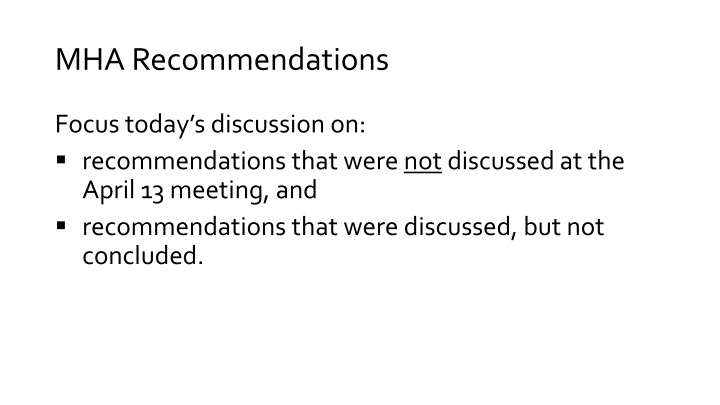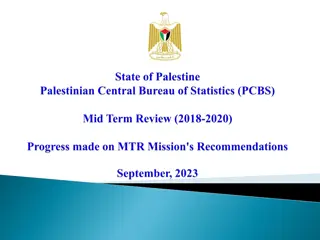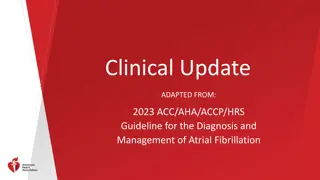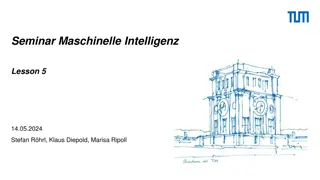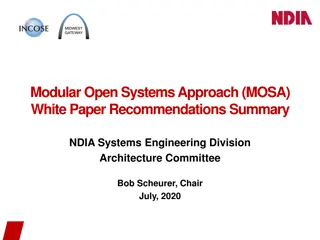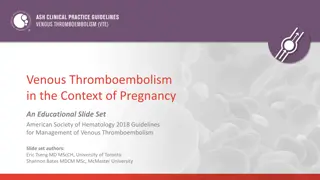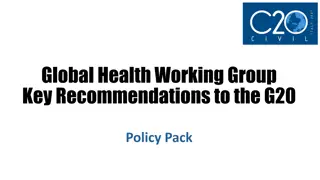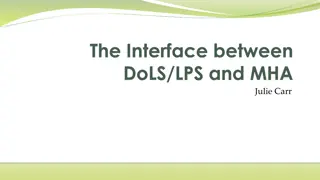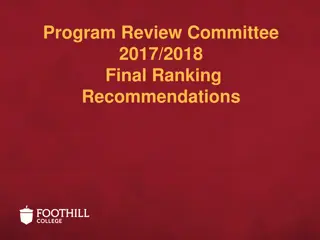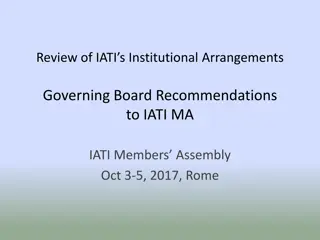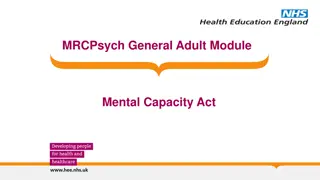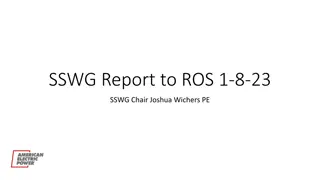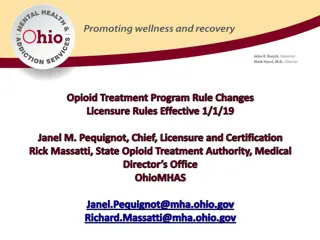MHA Recommendations Discussions Today
Today's focus is on recommendations not discussed at the April 13 meeting and those discussed but not concluded. Key points include increasing development capacity in access-rich areas, expanding urban village boundaries, and equitably distributing housing opportunities through zoning. Additionally, priorities like incentivizing family-sized housing and leveraging funding for varied housing choices are highlighted.
Download Presentation

Please find below an Image/Link to download the presentation.
The content on the website is provided AS IS for your information and personal use only. It may not be sold, licensed, or shared on other websites without obtaining consent from the author.If you encounter any issues during the download, it is possible that the publisher has removed the file from their server.
You are allowed to download the files provided on this website for personal or commercial use, subject to the condition that they are used lawfully. All files are the property of their respective owners.
The content on the website is provided AS IS for your information and personal use only. It may not be sold, licensed, or shared on other websites without obtaining consent from the author.
E N D
Presentation Transcript
MHA Recommendations Focus today s discussion on: recommendations that were not discussed at the April 13 meeting, and recommendations that were discussed, but not concluded.
MHA Recommendations discussed and concluded on April 13 1. Increase development capacity in areas across the city that afford residents high access to opportunity. 3. Expand proposed urban village boundaries to better align with existing and planned investments in infrastructure, essential services and amenities. 4. Increase the intensity of rezones around public investments such as schools, parks, community centers, usable open space and transit hubs more than shown in the October 2016 draft maps.
MHA Recommendations discussed and concluded on April 13 5. Equitably distribute housing opportunities by zoning more medium-density areas throughout urban villages instead of concentrating higher densities along arterials and preserving other areas within the urban village at much lower densities.
MHA Recommendations not discussed on April 13 7. Prioritize and incentivize production of affordable and market rate family sized housing in projects of various scales and locations. Consistent with 2014 Family Sized Housing action agenda. 8. Provide incentives and technical assistance for projects that choose performance. Achieve greater socioeconomic diversity within projects and neighborhoods.
MHA Recommendations not discussed on April 13 9. Leverage funding generated by MHA to produce a wider variety of housing choices. Target MHA investments to areas generating funds and seeing growth, but are producing few affordable (performance) units. Increase supply of income-restricted units in smaller-scale multi- family developments through both performance and payment options. Dedicate funds toward making land acquisition feasible for affordable housing projects in high-cost areas. Align housing investments with goals of communities experiencing displacement. Monitor produced housing choice and variety (previously rec 10)
MHA Recommendations not discussed on April 13 11. Identify opportunities for more equitably distributing growth across the city through future Comprehensive Plan updates and potential new urban villages.
MHA Recommendations discussed & not concluded on April 13 2. Conservative rezones and boundary expansions in areas with a high-risk of displacement may limit long-term growth capacity and housing opportunity. 6. In areas with a high risk of displacement, consider implementing alternative anti-displacement strategies instead of raising MHA requirements beyond what the market or intensity of rezone dictates.
MHA Recommendations discussed & not concluded on April 13. Proposed new language 2. + 6. Pair more conservative rezones in areas with a high risk of displacement with incentives to provide affordable (performance) units, and implement additional anti- displacement strategies in those areas.
